Clayton Oliver contemplates what might have been after his Demons drew with lowly Hawthorn. Photo: AFL MEDIA
We live in an age of instant gratification. And we have a football media which thrives on clickbait. It’s a dangerous combination if you’re a fan of the game who doesn’t mind the odd bit of nuance.
It’s reflected in an ocean of “hot takes” on virtually any issue which emerges, not to mention reactions to every round of a six-month long AFL season.
It’s been particularly prevalent in 2021 with the top of the ladder so fluid and, more recently, the fight for the last couple of spots in the final eight so dynamic. You can back it in someone, somewhere will declare Team A “gone” after one bad loss, or alternately, Team B all set to win that elusive premiership after one good win.
And heaven help the status quo when two teams fail to emerge from a close contest without a winner and loser.
Melbourne and Hawthorn served up the second draw of this season on Saturday night, following the draw between North Melbourne and Greater Western Sydney in round 13. We had two last year as well. But only one in the previous two seasons. So, four draws in the last 702 AFL home-and-away games. Not really a flood, is it?
Enough, though, now, to provoke a Pavlovian media response every time it happens. “Get rid of draws.” “Let’s have a kick-off to decide the result.” “Make one player from each side complete an obstacle course with a 20-kilogram weight attached to their testicles.” Etc, etc.
The saddest part is it’s made those of us quite content with the way things are also dread the prospect of a draw, not for the lack of a victor and a vanquished, but for the inevitable circus of clickbait crap we know is going to follow it.
In fact, sometimes it doesn’t even take a draw. The penalty shoot-out which ultimately determined the winner of the Euro 2020 final between Italy and England was enough of a pretext for the “let’s go to a shootout” idea to get another run-around in AFL media.
Spot the contradiction? Well, the Euros ran along pretty much the same lines as our competition does, a definitive winner necessary only in the finals stage, and draws (of which there are a lot more in soccer) just part of the regular season landscape.
PLEASE HELP US CONTINUE TO THRIVE BY BECOMING AN OFFICIAL FOOTYOLOGY PATRON. JUST CLICK THIS LINK.
We play (in a normal season) 198 home-and-away games. Each of them go to the bigger picture of determining a team’s ladder position. In that context, a draw IS a result.
And those rare events cast a whole new complexion on the AFL ladder. The two points Melbourne was perhaps fortunate enough to escape with against Hawthorn may end up as good as a win as the Demons strive for a top-two position given their percentage is inferior to both the Western Bulldogs and Geelong.
I find the silliest thing in this whole tedious debate the belief that a draw is “unsatisfying”, “flat” or “dull”, as if everything which has occurred over the previous four quarters and couple of hours has been rendered irrelevant.
Less than two goals separated the Demons and Hawks for more than half of Saturday night’s clash. There were 41 seconds left on the clock when Luke Breust’s right foot snap levelled the scores.
Tom Mitchell won the resultant centre clearance only to miskick completely on his left foot, allowing Melbourne to attack. Hawthorn’s Kyle Hartigan thumped his team back into attack, only for the Demons’ Jake Lever to pick up brilliantly on the half-volley and dish off a handball.
Melbourne’s Harrison Petty miskicked, there was a scrimmage and a final ball-up on the wing with six seconds remaining, and Christian Salem’s final kick of the game was marked by the Hawthorn defence.
It was thrilling stuff which wouldn’t have had anyone watching not on the edge of their seat. It happened. We all experienced it. It wasn’t suddenly, mysteriously erased by the fact there was ultimately no winner.
And not every game of football needs to end with emotions neatly packaged into boxes with cliched labels like “elation” and “despair”. Sometimes, as they say, it’s the journey, not the destination, which is the point.
Perhaps strangely, I found myself shortly after the finish of Saturday night’s game thinking about the draw in the context of the classic TV series “The Sopranos”, which I somehow only recently got around to watching.
I knew, even before I watched it, that the way the show had ended had been the subject of some controversy. Like a lot of people, I loved the ending and its sense of ambiguity. But I’m tipping if you mapped a Venn diagram of those who hated it and those who don’t like drawn football games, you’d have a complete circle.
Well, tough luck. Life in AFL football, nor in the mob, just isn’t always that simple.
*This article first appeared at STATS INSIDER.

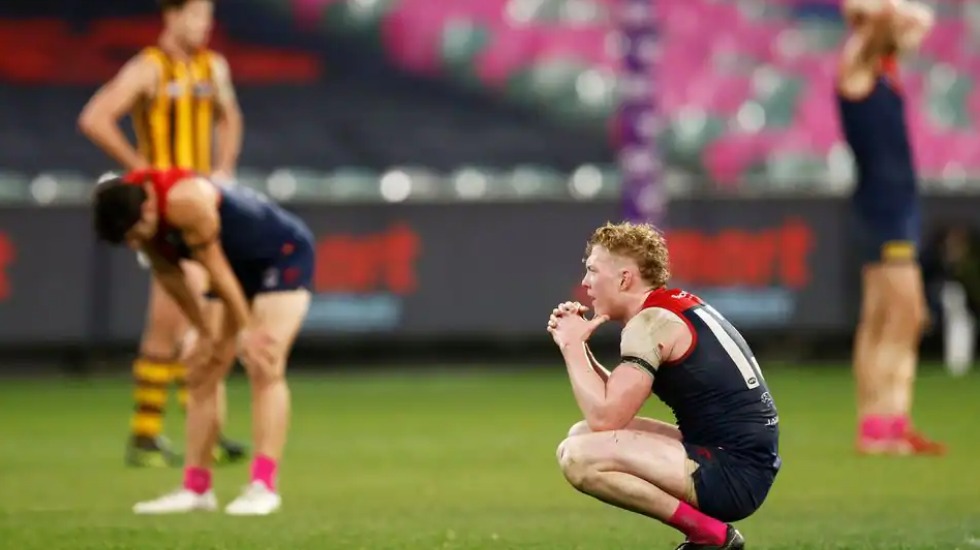
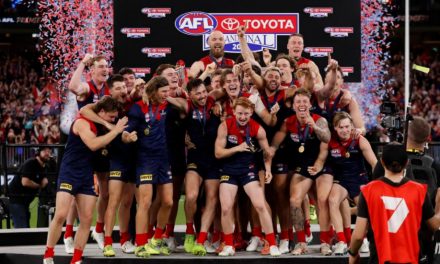

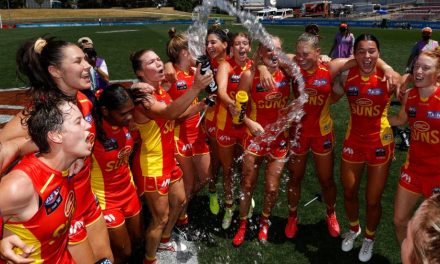
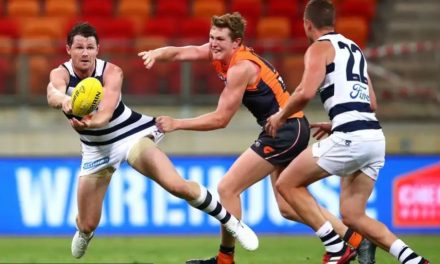




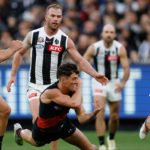

Those two points just might be enough to keep Hawthorn from avoiding the dreaded wooden spoon — which they (on form of late, compared to North Melbourne) otherwise deserve. So the draw has its purpose.